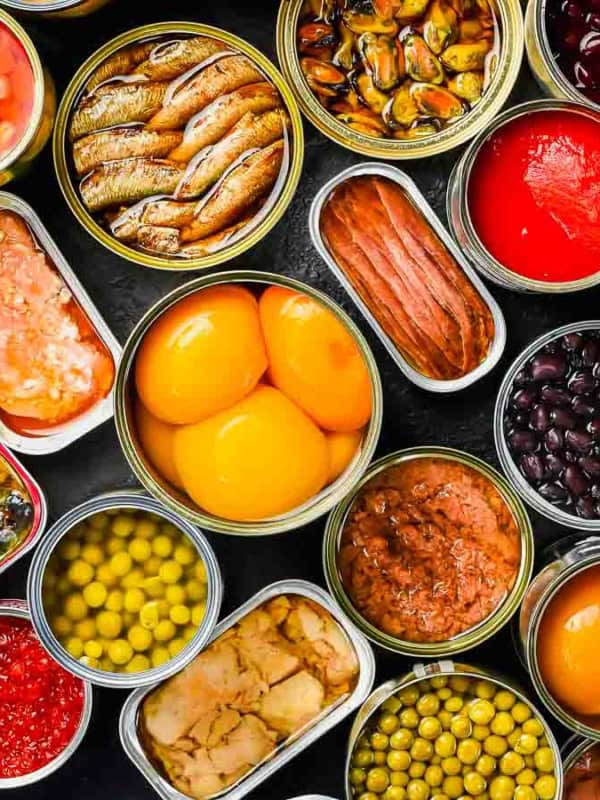America built fast food, and the rest of the world has been dealing with the fallout ever since. You can see it in how people eat, how businesses run, and how entire food systems have shifted to keep up with the demand for quick meals. What started as a convenient solution at home has turned into a global force that shapes everything from diets to farming practices. Some countries have embraced it, others are still trying to balance it with long-standing food traditions. No matter how you look at it, the influence is hard to ignore as these chains continue to reshape habits far beyond where they started.

Diet and health shifts
American fast food has reshaped eating patterns across many countries. Portions are larger, meals are heavier, and convenience often wins over balance. As these habits spread, rates of obesity, diabetes, and heart disease rise in places that once saw far fewer of these issues. The global health landscape has changed in a noticeable way because of how often people now reach for quick meals.
Loss of traditional food culture
Fast food chains bring a predictable style of eating that can overshadow the foods people grew up with. As more communities rely on drive-through meals, long-held cooking traditions and regional dishes slowly fade from daily life. This shift narrows the variety of flavors and customs that once defined local food cultures. It also changes how families cook, gather, and share meals.

Pressure on local businesses
Large chains can enter a neighborhood with prices and marketing that small restaurants cannot match. Independent eateries often struggle to compete, which can lead to fewer local options and a more uniform dining scene. Jobs are created by fast food companies, but they can also disrupt small business economies that once relied on neighborhood loyalty.
Environmental strain
Fast food production depends heavily on large-scale farming and animal agriculture. This demand contributes to deforestation, greenhouse gas emissions, heavy water use, and widespread packaging waste. The convenience of a quick meal comes with a major environmental footprint that affects ecosystems far beyond the restaurants themselves.
Labor concerns in the industry
The industry employs millions of workers, yet many of those jobs come with low wages and limited benefits. Workers often face demanding conditions and inconsistent schedules, which has sparked global debates about fair pay and workplace standards. These concerns continue to grow as fast food expands into more countries.

Global spread of consumer habits
Fast food encourages a lifestyle built around speed and consistency. As this model expands, it influences how people shop, eat, and structure their routines. The wide reach of these chains promotes the same products in many countries, which can overshadow local businesses and shift consumer expectations toward convenience above all else.
Changing farming systems
To keep up with demand, farms shift toward growing only a few major crops or raising livestock in large numbers. These practices increase pesticide and fertilizer use while reducing biodiversity. The pressure to serve uniform products everywhere changes how farmers work and what they grow.

Rising healthcare burdens
As diet-related illnesses increase, so do national healthcare costs. Countries face higher rates of chronic conditions linked to fast food, which leads to more hospital visits, medication needs, and long-term medical care. These rising expenses affect both families and government health systems.
Heavy influence on younger generations
Fast food chains market aggressively to kids and teenagers, shaping their preferences early. Bright packaging, familiar mascots, and targeted ads make fast food feel normal to reach for. These early habits often stick, creating lifelong patterns that lean toward processed foods instead of more balanced options.
Gina Matsoukas is an AP syndicated writer. She is the founder, photographer and recipe developer of Running to the Kitchen — a food website focused on providing healthy, wholesome recipes using fresh and seasonal ingredients. Her work has been featured in numerous media outlets both digital and print, including MSN, Huffington post, Buzzfeed, Women’s Health and Food Network.












